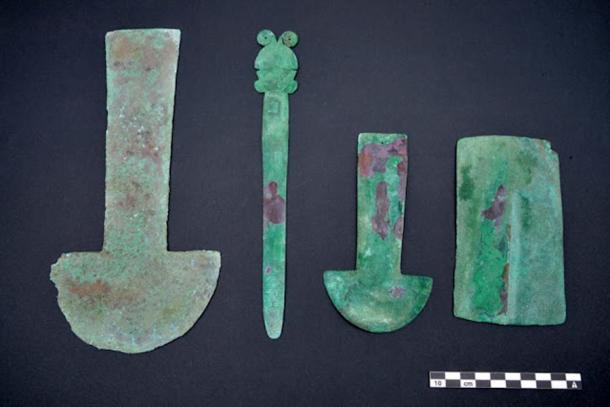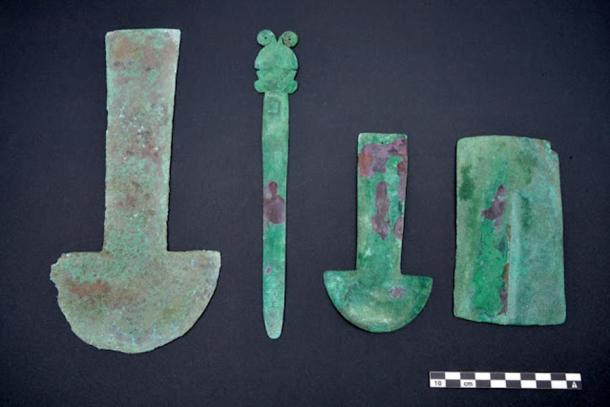
(credit: Sican National Museum)
Archaeologists recently unearthed an unusual tomb in a temple complex at the Huaca Las Ventanas archaeological site near Lambaeque, in northern Peru. The site belonged to the Sican culture, one of the several complex societies that flourished prior to the rise of the Inca Empire (around 1400 CE) in northern Peru. The tomb reveals that the Sican—like several other Indigenous cultures spanning the length of Peru and about 4,000 years of history—practiced a type of cranial surgery called trepanation.
The surgeon’s tomb
Trepanation is the delicate art of cutting or drilling a hole in a person’s skull. It sounds brutal, but it can actually help relieve pressure on the brain from inflammation or bleeding, such as might occur after a head injury. Modern surgeons sometimes use a similar procedure, called a craniotomy, to relieve pressure from bleeding under the membrane that surrounds the brain.
Of course, modern craniotomies are guided by CT scans and MRIs. Ancient surgeons just had to go by sight and feel, which makes their success rates pretty remarkable. Archaeologists in Peru have found the remains of about 800 trepanation patients from the last 4,000 years, and the majority of them show signs of bone healing around the edges of the hole—which means they survived serious head trauma and cranial surgery to treat it.





